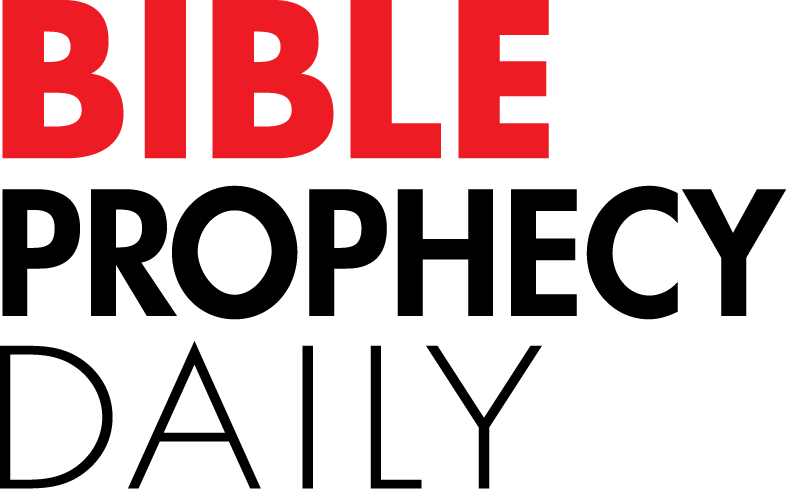Podcast: Play in new window | Download
Dr. Alan Kurschner explicated here in Part 2 the lines of evidence that Colin R. Nicholl adduces that supports the “Restrainer” being Michael the archangel.
1. Contemporary Jewish literature viewed the characteristics of Michael having eschatological pre-eminence as the chief opponent of Satan and Restrainer of God’s people.
2. Michael is viewed as a celestial restrainer of God’s people in Daniel 10–12, the passage serving as the source for Paul’s exposition in 2 Thessalonians 2:3–8.
3. Daniel’s use of the Hebrew term ʿmd comports with the activity of the restrainer in 2 Thessalonians 2:6–7.
4. The Greek term parerchomai in Daniel 12:1 of the Septuagint (LXX) means, “to pass by,” which corresponds with the ceasing of restraint in 2 Thessalonians 2:6–7.
5. Early Rabbinic interpretation of Daniel 12:1 perceived Michael as “passing aside” or “withdrawing” just after Antichrist’s establishment near or at the temple mount (Dan 11:45), just before the eschatological unequaled tribulation against God’s people (Dan 12:1).
6. Revelation 12:7–17 supports viewing Michael as the Restrainer because it links the cessation of Michael’s war against the dragon with the unprecedented persecution of God’s people, which is consistent with 2 Thessalonians 2:6–7 and Daniel 11:45–12:1.
Given this evidence, the only candidate who can explain the Restrainer being removed is Michael. Other proposals for the Restrainer are hard-pressed to comport with those roles. Thus, this is a strong case that the apostle Paul in 2 Thessalonians 2:6–7 refers to Michael the archangel as the Restrainer, whose ministry ceases and causes the eschatological temple to be desolated by Antichrist, ensued by his great tribulation against God’s people.
At the conclusion of the program, Dr. Kurschner explained Colin Nicholl’s understanding of the masculine and the neuter in reference to Michael, where in verse 6, it is in the neuter gender to katechon (“what holds him back”), and in verse 7, it is in the masculine gender ho katechōn (“the one who holds him back”). Nicholl believes the best explanation is recognizing the Greek can use the neuter gender to refer to a person while the emphasis is on an exceptional quality of the individual (e.g., 1 Cor 11:5; 1 Cor 1:27–28; Gal 3:22; John 3:6; 17:24; 1 John 5:1–4; Matt 12:6). Thus, the neuter in verse 6 refers to Michael with a focus on his restraining ministry, while the masculine in verse 7 refers to Michael himself.
Bibliography:
In the April 2000 volume of The Journal of Theological Studies, Colin R. Nicholl published the seminal article, “Michael, The Restrainer Removed (2 Thess. 2:6-7),” arguing strongly that Michael is the Restrainer. After his journal article was published Nicholl published it as an appendix in his important monograph (which was his dissertation) From Hope to Despair in Thessalonica: Situating 1 and 2 Thessalonians, Cambridge University Press, 2004.









